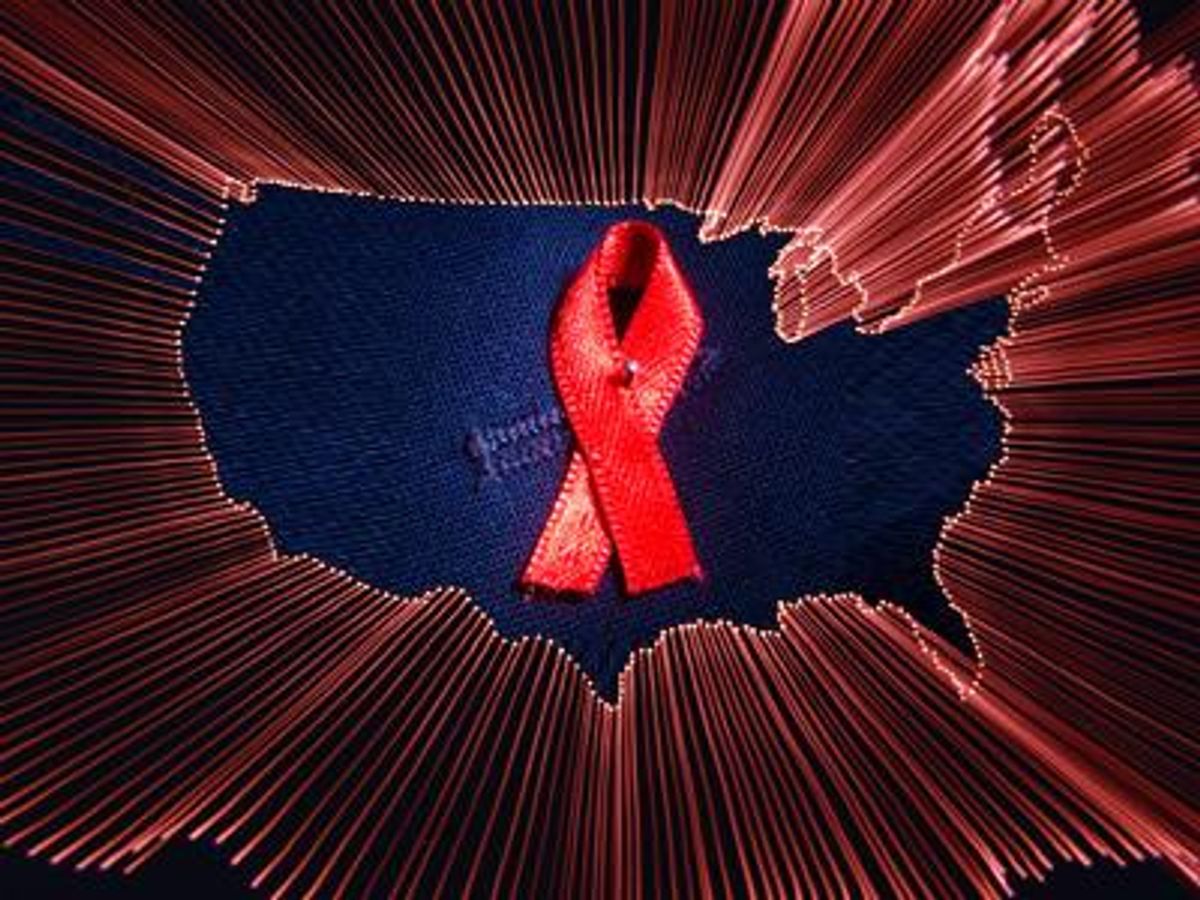A recent update of the
Rollins School of Public Health at Emory University's
AIDSVu Map further demonstrates the link between HIV and low rates of health insurance coverage in suburban areas with high rates of poverty.
The new maps of Memphis, Tenn., San Diego, Orlando, Tampa, and Virginia Beach, Va., highlight substantial growth in the prevalence of HIV. The increase is so large that infection rates in these cities now rival urban areas like Los Angeles, San Francisco, and New York. For the first time, every state in the country reported cases of HIV.
The maps offer the most detailed snapshots to date, featuring the latest data from state and county and health departments that show HIV prevelance in relation to factors like poverty, lack of health insurance, and education. The maps offer a poignant perspective of where HIV services have kept the condition repressed, while also serving as a reminder that HIV has no geographical boundaries.
"Living in an area less impacted doesn’t mean you are protected from HIV," said Patrick Sullivan at the Rollins School of Public Health. "Places with high rates of HIV also have high rates of poverty, and lower rates of health insurance coverage, and high school graduation."
The 10 states wher HIV is most prevalent — New York, Jersey, Maryland, Delaware, Florida, California, Louisiana, Georgia, South Carolina, and Alabama — are mostly located in the northeastern and southern regions of the country. Although the first HIV cases were mostly in large urban areas, today nearly every area in the United States is affected.
The importance of getting tested is now more crucial than ever.
Recent data shows that the younger generation has a severe lack of HIV awareness, since it is seldom taught in schools, and rarely discussed in the media. An estimated one-third of HIV diagnoses are made late, making treatment less effective and putting people at greater risk of infecting others without knowing it.
Even after a diagnosis, it may be nearly impossible to afford treatment, since some states never give patients a fair chance. Today, 46 million Americans are living below the poverty line. That's 15% of the nation. For those living with HIV, the question often becomes: should I pay my rent or should I buy my meds?
In Florida, 600 out of 100,000 people are living with HIV, and more than 23% of those under the age of 65 have no health insurance. Texas — with 26% under 65 uninsured — and California, with 21%, aren't far behind. But out of all the hardest hit states in the South, Alabama is by far the worst to provide testing and prevention services.
Despite being home to the University of Alabama at Burmingham, one of the best teaching hospitals in the country, Alabama only has 11 organizations receiving funds for HIV/AIDS medical care, and of those 11, just five are located in rural areas, which comprises the majority of the state.
Limited public transportation has made access to such facilities difficult, and even though the population in urban cities has grown recently, according to the Census Bureau, the number of treatment centers has not changed. Currently there is only one credentialed doctor for every 73,000 Alabamians, and there's an incredibly short supply of health providers in all counties. Thankfully, efforts like Access to Care: Telemedicine (AC:T) by
Medical AIDS Outreach of Alabama have arisen to meet needs in hard-to-reach areas.
Memphis, known for its blues music and barbecue, was ranked the poorest city in the United States by the Census Bureau. More than 19% of its citizens live in poverty. On a related note, new data from AIDSVu shows a tremendous increase of HIV infections within the poorest areas of Memphis.
Data like that shown in the AIDSVu maps can help local governments and programs to make better decisions about HIV budgets, determining where testing, prevention, and treatment are most needed.
Take a look at the latest AIDSVu maps on the following pages.
Country-wide view of HIV prevalence. The darker it is, the more people there are living with HIV and AIDS in that region.
The national map shows significantly higher HIV prevalence in the Northeast and the South than in the rest of the country.
Alabama
Virginia Beach, VA
Memphis, TN
San Diego, CA
Orlando, FL
Tampa, FL











































































